So far we’ve had your beach towns, a blue town, a bull ring town, a Moorish castle town, a white town and now a real city – Malaga.
Yes, it’s located on the Mediterranean’s Costa del Sol and you could probably find a sandy beach or two if you worked at it but what we did today was to tour a vibrant, prosperous city that doesn’t rely solely on the tourist trade. Sure, it’s got a Moorish wall and castle ruins, a Roman amphitheater and a 16th century cathedral to keep tourists happy and spending. But it also has a shopping district that sells really upscale stuff far beyond what Marbella has to offer in its Old Town. We even experienced areas of Malaga outside the tourist district and those showed signs of being thoroughly up-to-date.
We started the day arising by eight-is and breaking our fast with toast and juice in our apartment. We hit the road for Malaga around 9:45 with the objective of making an eleven o’clock appointment for a free walking tour of Malaga. Free tours are indeed free, except for the “voluntary” tip suggested to be 5 to 10 Euros person. By the time we extracted Enrique’s car from its underground dungeon in Marbella and missed the turn into the parking garage in Malaga we missed the tour.
No hay problema. There was another English-language tour at 12:30. So we walked through the Parque de Málaga, a very nice botanical garden that doubles as a promenade along the waterfront. It was warming up a bit and the distance was perhaps a half mile so the shade and slight breeze felt nice.
Our meeting point was in front of the Malaga’s big-deal cathedral, La Santa Iglesia Catedral Basílica de la Encarnación to give it its full name. Its nickname is La Maquita, the one-armed woman. Why? It’s all George Washington’s fault.
The cathedral was built using taxes levied on cargo off-loaded in Malaga. That supported construction until the American war of independence in 1776. At that point king Carlos III diverted the cash flow to America via his his brother the governor of Louisiana Luis de Unzaga y Amézaga. The result: the south tower of the cathedral was never completed. It is dwarfed by the north tower. Hence the one-armed lady name. Today the money could probably be found to complete the job (although the upkeep of the old girl is a huge cost). But no one wants to find a new name for the cathedral and besides, it makes a great story for people like us to retell to the folks back home like you. I’ll have more to say about the cathedral later on.
While we waited we had coffee and a snack in a cafe on the cathedral square.
Our one-and-a-half-hour walking tour took us to the Calle Marqués de Larios. The street was named after Manuel Domingo Larios y Larios, the second Marques de Larios. It’s a street with every high-end retailer you’ve ever heard of (and a whole bunch I’ve never heard of). The Larios family controls 80% of the storefronts, extracting enormous sums from the tenants. There’s a statue of the Marqués looking down his street from one end although it’s a repurposed statue with the original seafarer taken from the top and delegated to a lower level. The city fathers who funded the statue must have been strapped for ready cash or the Marqués wasn’t as big a cheese as we might think.
We visited the traditional town market, housed in what used to be a ship building facility. It’s a good 10 blocks or more from the waterfront. The land between the market and the water has been filled to make more land. Just like Boston and many other cities.
We wandered more streets and squares, ending up in front of the Roman amphitheater. On a hill behind is the Moorish wall and a Moorish fortress.
The history is much like I related yesterday. One interesting wrinkle our guide brought forward was the Carthaginian’s campaign to expand from their home base in Carthage (in present-day Tunis) to the Iberian peninsula. According to our guide, the Carthaginian’s marched across northern Africa to the Pillars of Hercules and the Straits of Gibraltar. Of 37 elephants that left home on this trek, only three made it across the straits. Some years later Hannibal took over command of the Carthaginian army, which he marched across the Alps, accompanied with the three remaining elephants to conquer Rome, attacking from the unexpected route. Turns out, the Romans had left town by the time Hannibal hit town so it was a great hike but less than impressive results. Check out the Second Punic War (circa 220 BC) for further details and report back to me in compressed form, please.
After the tour we tried one highly-recommended restaurant but the line was too long. Enrique googled up a different place that offered a 50% discount. They got our business and we had another six-plate tapas feed for lunch, which lasted us the rest of the day. Tapas is the way to go in Spain.
After the tour we decided to visit the cathedral and see what was up with the interior. Great idea; this is one of the most impressive cathedrals, in terms of size and the quality of the various side chapels and the main sanctuary plus all the attendant art work that I’ve seen just about anywhere. Does Notre Dame one better, even before the fire.
The original cathedral was a Moorish mosque repurposed after the reconquest in 1487. Over the centuries the structure was modified and by 1787 was opened to the public in the form we saw today.
During our trips along the Mississippi River and then through Mississippi and Louisiana to Texas in the Tesla, I read quite a bit about the Spanish activities in that region as well as the untold riches extracted from South America. All that gold and silver contributed, I’m sure, to what we saw today.
So back to the car to do some serious souvenir shopping. Specifically, we were in the market for some fútbol (soccer) paraphernalia for the kids. We drove to a nearby Corte Inglés. Carter expressed interest in a sweatshirt/hoodie for the Barcelona Club team. Two problems: first, Enrique considers Barcelona to be a hated rivals of his Real Madrid team. Second, there aren’t many hoodies on sale in Malaga in the summertime. We did find some 90 Euro tee shirts but, much as I love my grandkids, there are limits.
Next, we drove to the nearby Carrefour for some grocery shopping. There we purchased bread, cheese, sangria, olives and some mushroom croquets, which served as our eat-in dinner tonight (Enrique’s washing the dishes at 11:30 PM as I type and Judy showers). Plus, we bought six eggs. Enrique is going to teach me the art of making the Spanish tortilla, the preparation of which I failed so miserably earlier in this trip.
The Corte Inglés is a huge department store on the order of an overgrown Macy’s. The difference: the place was stacked to the gills with high-quality merchandise. There were lots of clerks to help. And the place was mobbed at 7:00 on a Saturday with shoppers. Eat your heart out, Macy’s. Same thing at the Carrefour, a French store that sort of reminds me of a Target, Costco and a Whole Foods all jammed together and made bigger. Again, tons of products, not just groceries and crowded with happy shoppers. Brick-and-mortar retail is, from today’s experience, alive and well in Spain.
And driving to these stores, including a detour or two for missed turns, showed that Malaga outside the tourist zone is healthy and prosperous.
Enough. I like Malaga, if you can’t tell. Tomorrow we think we’ll visit a national park north and hour and a half from Marbella. Right after tortilla class.






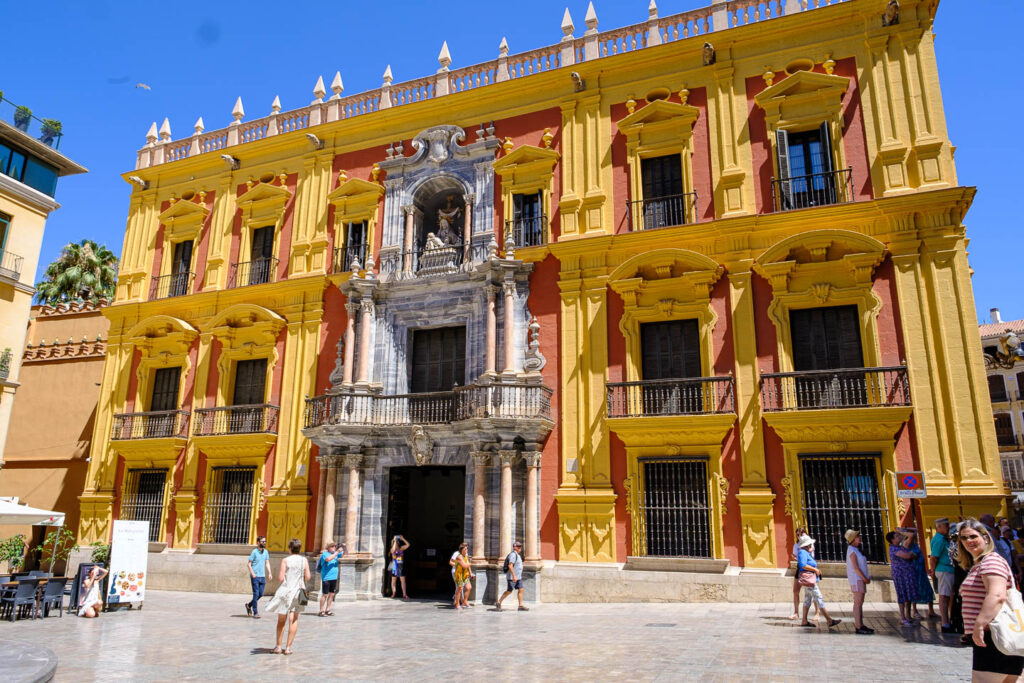

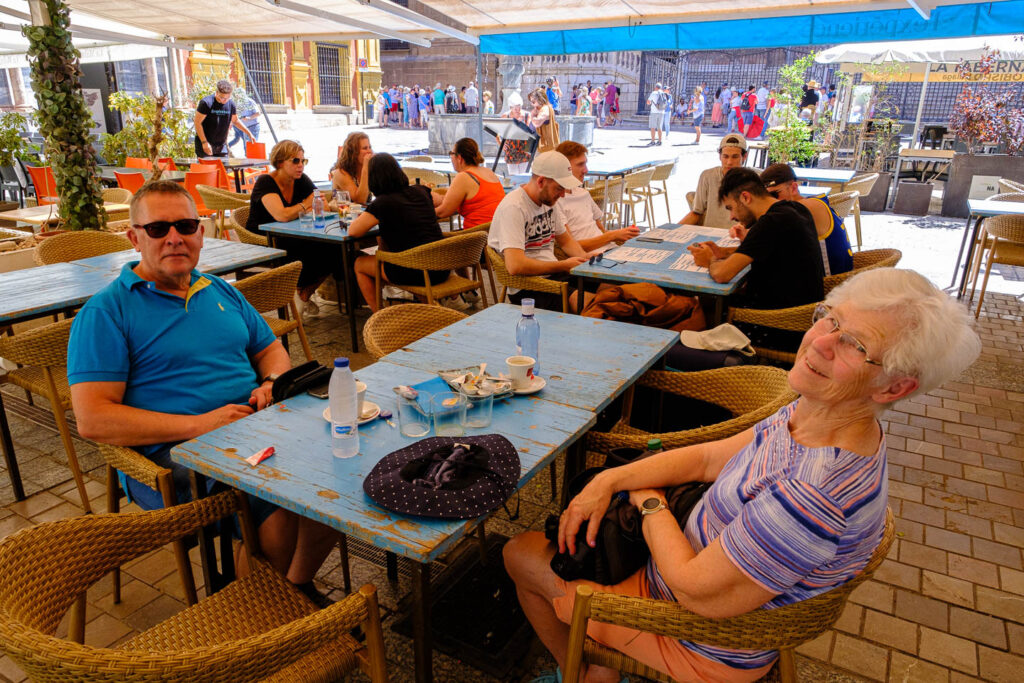


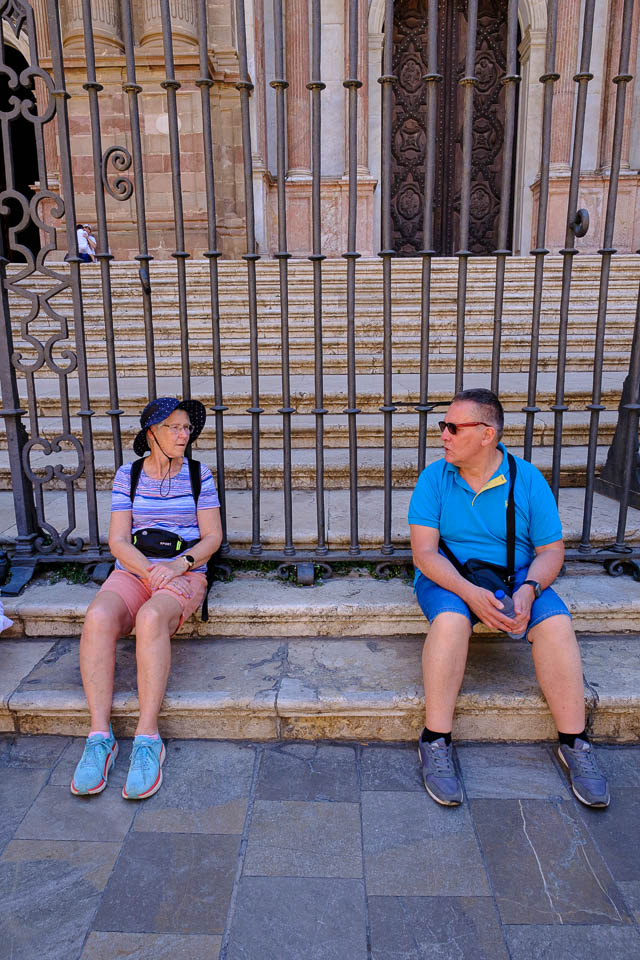













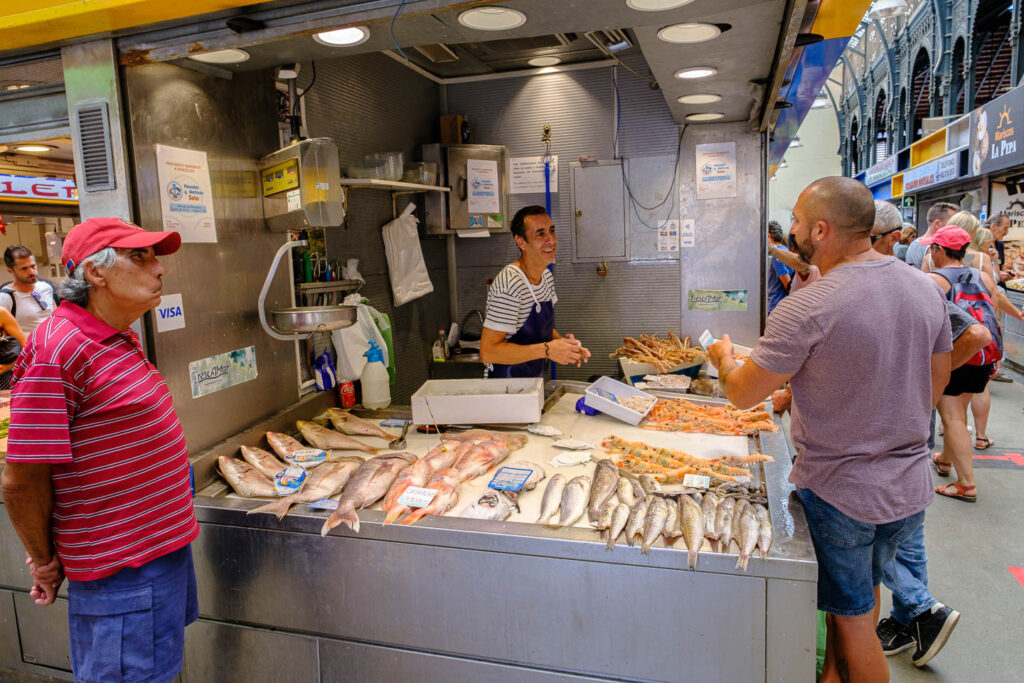












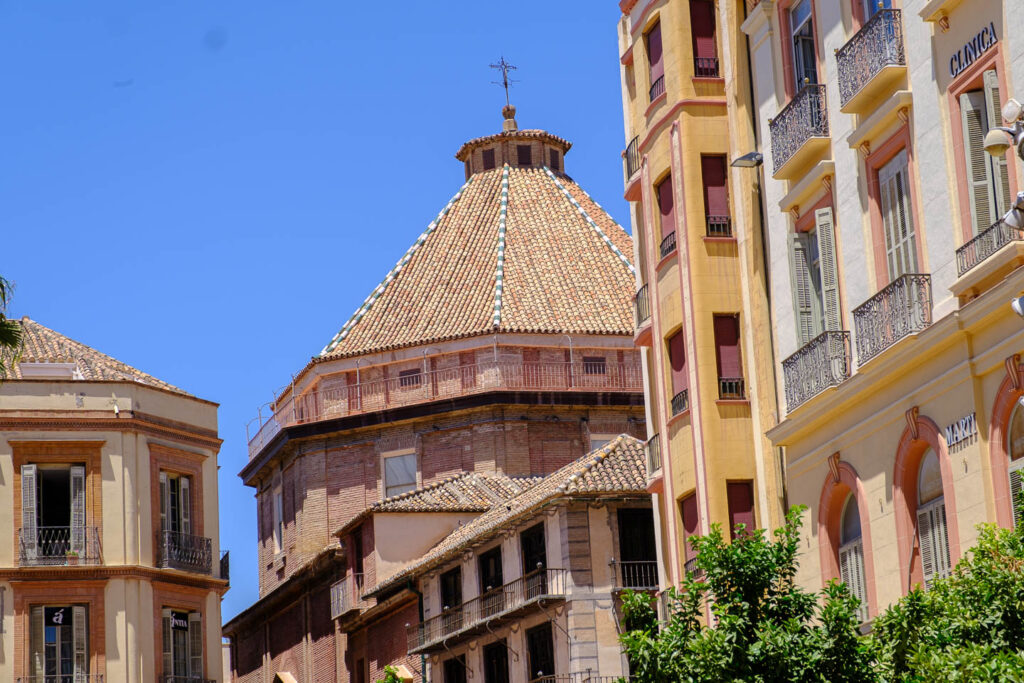



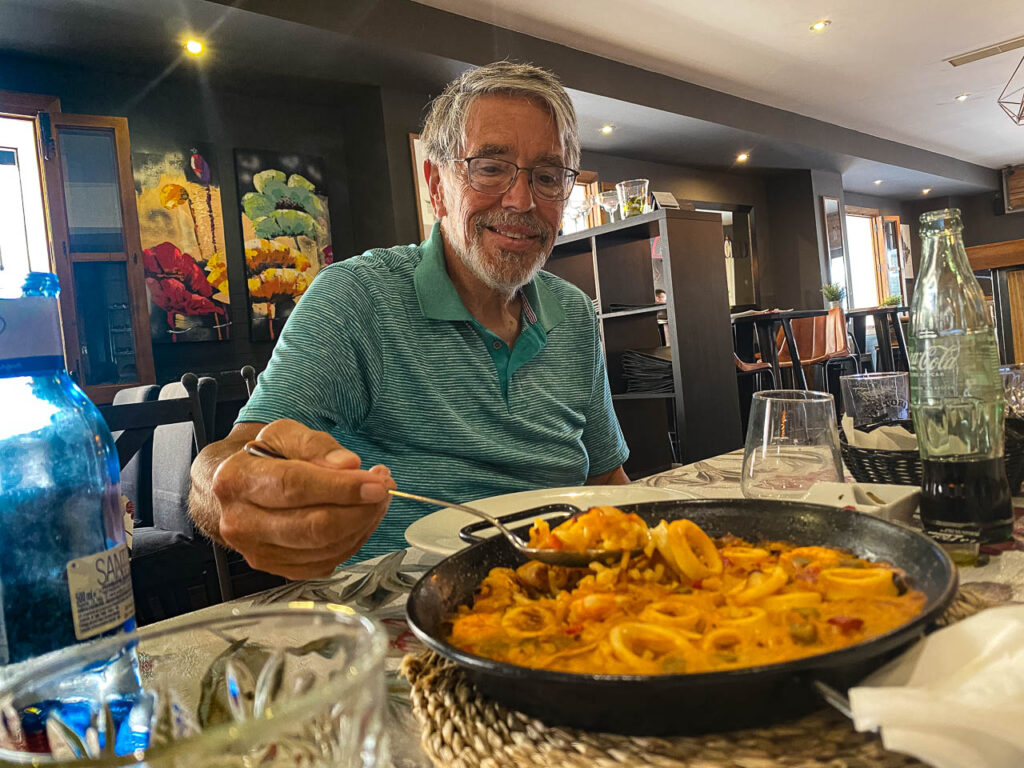



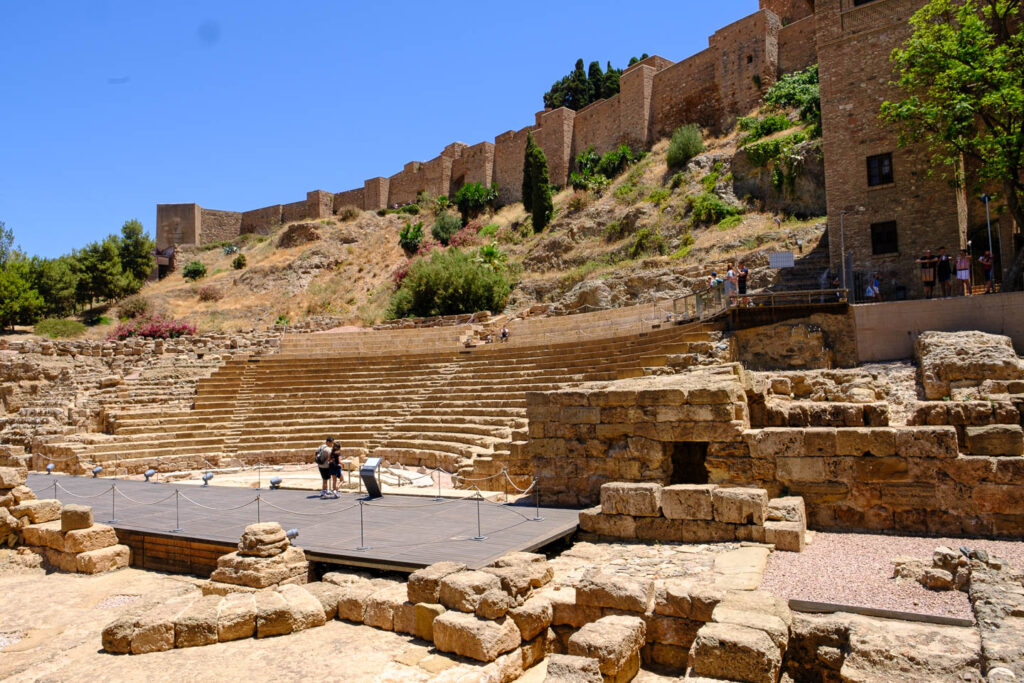




















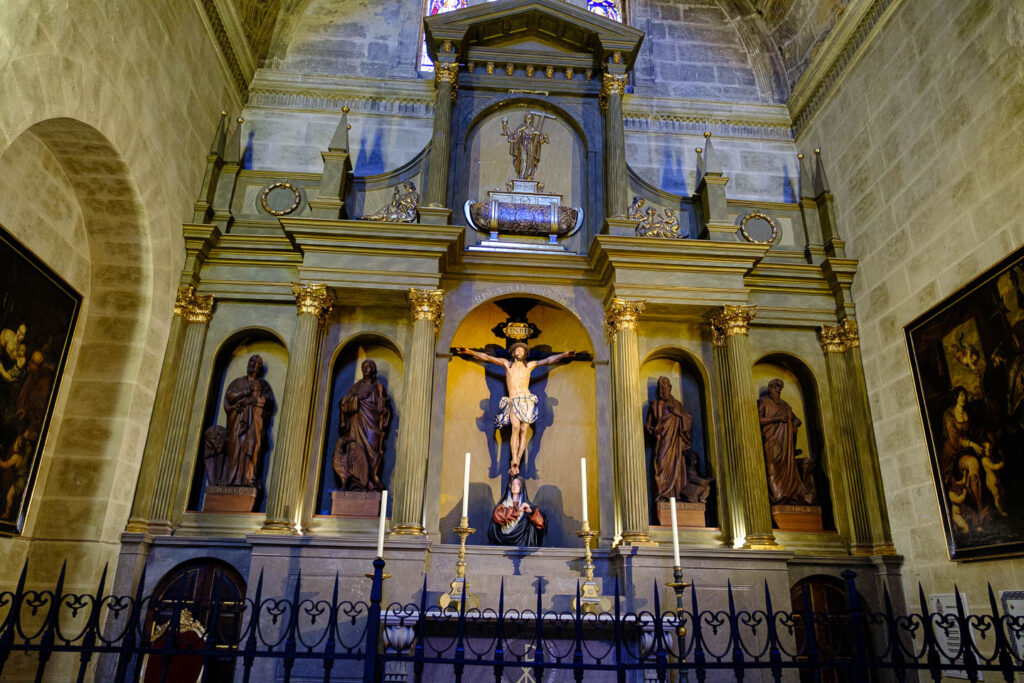














So. Hannible lost an eye riding on an elephant through a swamp . Probably ophthalmia. Became known as a one eyed general like Moshe Dayan. And that’s all I’ve got. Loving your blogs as always. But please no exams. Hugs. Carol